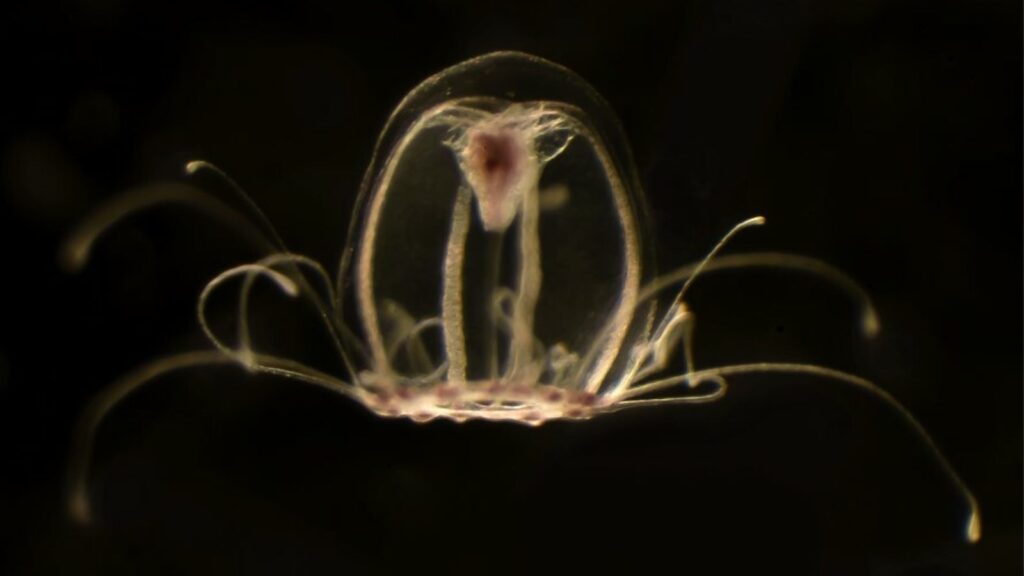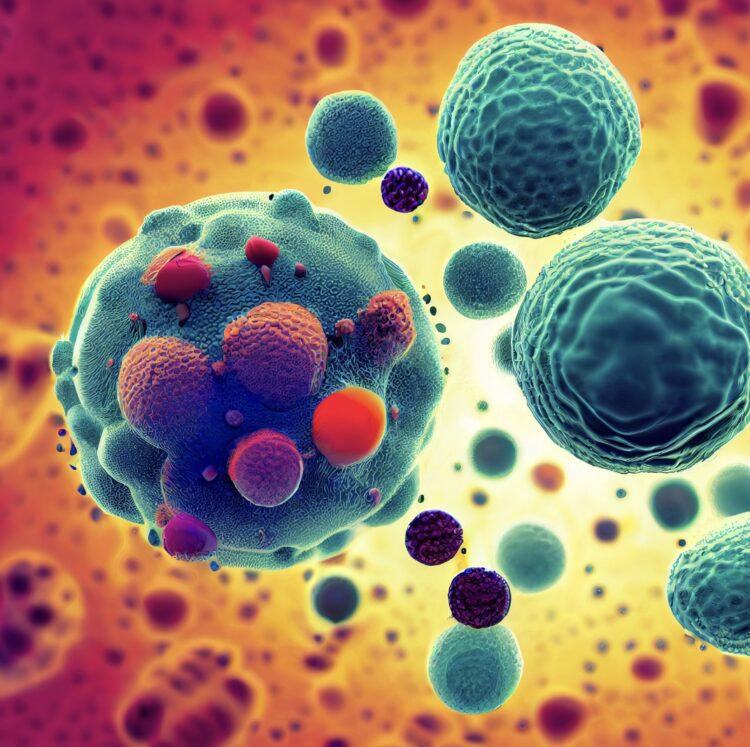Aging has baffled science for centuries. For thousands of years, the quest for the fountain of eternal youth has captivated curious minds and scientists alike. However, a species of jellyfish, Turritopsis dohrnii, seems to defy the laws of aging, offering an opportunity to explore aging from a new perspective.
The rejuvenation process of these jellyfish begins when they reach adulthood and experience certain environmental conditions, such as stress, disease, predators, or food scarcity. Instead of dying, these animals transform their mature cells into an early state, similar to a juvenile form, a process known as transdifferentiation. This metamorphosis allows them to return to a state of youth, restarting their life cycle. In fact, a group of researchers from the University of Oviedo, Dr. López and Dr. Mariño, have sequenced and studied its genome, identifying the genes responsible for this process. Thus, the study of these marine organisms could shed light on the mechanisms of aging and possibly inspire new avenues of research to address age-related diseases.

On the other hand, Turritopsis dohrnii is not the only species with the capacity for biological immortality. Other species, such as certain marine sponges and some turtles, have also demonstrated abilities to defy aging and prolong their lives far beyond what is considered normal in the animal kingdom.
This discovery has implications for our understanding of human aging and possible strategies to address age-related diseases. The ability to understand the mechanisms behind biological immortality in these creatures could provide new avenues of research into the aging processes in humans, opening new paths to investigate therapies against age-associated diseases.
Despite the fascination that the idea of biological immortality generates, we are still in the early stages of understanding the mechanisms underlying this phenomenon.











